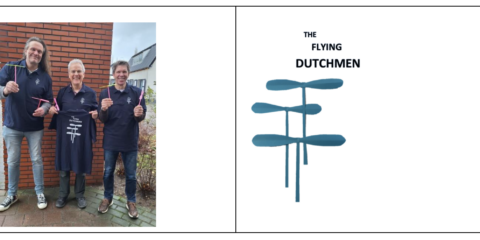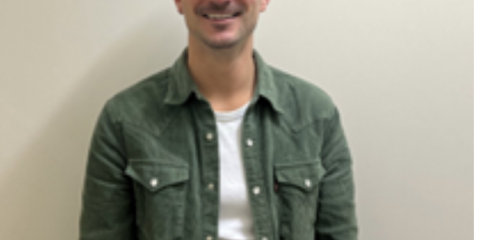Last school year, in the bustling corridors of one of Italy’s most prestigious scientific high schools, S.M., an 18-year-old student, stood out not just for his academic brilliance but for his profound intellectual depth. Passionate about all school subjects, from Literature to Physics, fluent in English and deeply engaged in contemporary politics, S.M. was the kind of student teachers dream of having in their classroom. His articulate expression of ideas and remarkable memory made him exceptional among his peers.
However, beneath this facade of academic excellence lay a struggling boy. After a first suicide attempt in his third year, S.M. made another attempt in November of his final year, jumping from the ancient walls of the City while going to school, before a Mathematics test. Though he survived, the fall left him with important physical outcomes and he was wheelchair-bound, marking the beginning of a challenging journey of recovery.
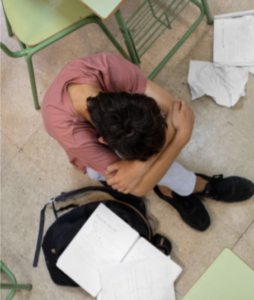
In March 2024, against his school teachers’ advice, both S.M.’s family and the doctors requested me and the other hospital teachers to begin his education anew. The conflict emerged between two educational worlds: the hospital teachers – who saw education as a path to recovery, and the school teachers – who believed the academic gap was too wide to bridge for the upcoming June examinations.
What unfolded during the next months was remarkable. S.M. embraced an intensive schedule that would challenge even the most resilient student. From 8 a.m. to 5 p.m., from Monday to Saturday, he balanced rehabilitation sessions, physiotherapy, and psychological support with one-on-one hospital teaching in core subjects, online classes with his peers and assessment tests, to gain his admission to the final exam. His determination transcended mere resilience – it was a testament to the human spirit’s capacity to overcome adversity.
This experience questioned traditional educational paradigms as it revealed how institutional conflicts can potentially hinder student progress. Yet, it also demonstrated the power of a collaborative support system. S.M.’s journey highlighted the critical importance of listening
to students’ needs and aspirations, rather than being confined by conventional academic expectations.
The outcome? S.M. not only completed his final examinations with his class but emerged at the top of his cohort. Today, he excels in his university Mathematics studies, proving that, with appropriate support and determination, seemingly insurmountable obstacles can become stepping stones to success.
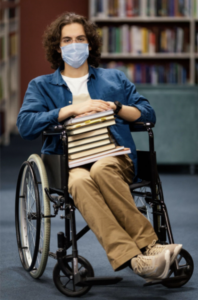
This story isn’t just about scholastic achievement – it’s about the transformative power of education when it adapts to serve the whole student, beyond mere academic metrics. It reminds us that every student’s journey is unique, and our educational systems must be flexible enough to accommodate these differences while maintaining high standards of excellence.
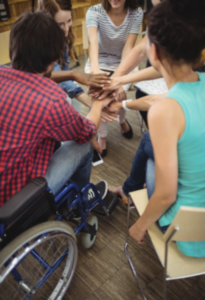
This year, besides attending university, S. is slowly learning to walk again, with the help of his rehabilitation team and his strong will. Being a part of all this, as of many other stories that daily unfold in the schools in hospital, makes me feel proud and useful and – once more – shows me how this job is a positive addiction I will never need to give up!
Prof.ssa Claudia Canesi
Hospital High School Coordinator & Teacher ccanesi@asst-pg23.it
Images source: it.freepick.com
Disclaimer: the images accompanying this article are unrelated to the mentioned parties.


